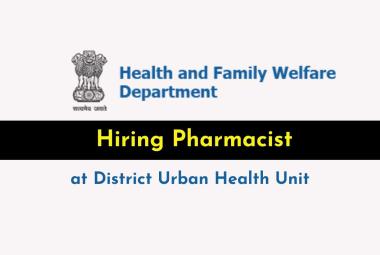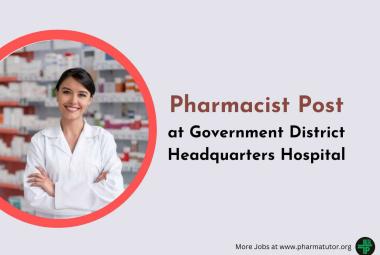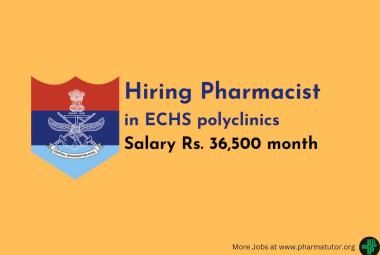PharmaTutor (July- 2015)
Print-ISSN: 2394 - 6679
e-ISSN: 2347 - 7881
(Volume 3, Issue 7)
Received On: 20/03/2015; Accepted On: 29/03/2015; Published On: 01/07/2015
AUTHORS: Alti Aparna1*, Seema Pushpa Latha1, Gopalgari Lakshmi Nagarjun1, Galammagari Nagaraju1, C. Gopinath1, P. Murali Madhav2
1Annamacharya College of Pharmacy, Kadapa, Andhra Pradesh.
2Rajiv Gandhi Institute of Medical Science, Kadapa, Andhra Pradesh.
*aparna.althi@gmail.com
ABSTRACT: Introduction: Diabetes mellitus is on alarming rise in India. Drug utilization studies help to identify the adherence to standard guidelines and extent of drug use and to evaluate the rational drug usage.
Aims and objectives: To determine the drug utilization pattern and effectiveness of oral hypoglycemic agents among diabetes mellitus patients.
Materials and methods: It is a prospective observational study carried out for a period of six months at RIMS kadapa, and two others diabetic centers. The diabetic patients who visited the medicine outpatient department were included. After obtaining approval from institutional ethical committee, a structured data collection form was used to collect demographic data, complete prescription details and other relevant information required for the study. The drug utilization pattern was determined. The drugs were categorized by Anatomical therapeutic classification (ATC) and DDD/1000 inhabitants/day was calculated by using WHO guidelines. Among all oral hypoglycemic agents the most effective drug/combination in this region was identified.
RESULTS: 716 prescriptions were assessed out of which,401(56.0%) were females and 315(43.9%) were males, most of the patients were in the age group of 40-60 for males 175(55%) and females 205(51.1%). Hypertension was the most common co-morbid seen. The average number of drugs per prescription was 4.26 and anti-diabetics per prescription was 1.79. DDD/1000 inhabitants/day for metformin (A10BA02) was 10.5, glimiperide (A10BB12) was 9.3, glibenclamide (A10BB01) was 7.91, pioglitazone (A10BG03) was 7.25. Out of 716 patients 311(45.25%) patients were on Monotherapy, and 405 (56.5%) were on Combination therapy.A total of 200 newly diagnosed patients of diabetes mellitus were enrolled in the study out of which only 128 members were followed up successfully. The combinations of Metformin +Sulfonyl Ureas + Others showed a good control of fasting blood sugar when compared with only Metformin, only Sulfonyl Ureas or Metformin +Sulfonyl Ureas, Sulfonyl Ureas + Others.
Conclusion: Metformin was the most utilized drug followed by glimiperide. Combination therapy was most frequent when compared to monotherapy in which metformin+glimiperide was commonly prescribed one. so by understanding the current prescribing patterns attempts can be made to improve rational prescribing. The combination of Metformin+Sulfonyl Ureas+Others is more effective combination.
How to cite this article: A Alti, SP Latha, GL Nagarjun, G Nagaraju, C Gopinath, PM Madhav; A Study on Drug Utilization Pattern and Effectiveness of Oral Hypoglycemic Agents in Diabetes Mellitus; PharmaTutor; 2015; 3(7); 31-37













